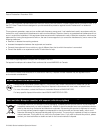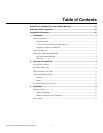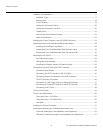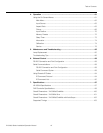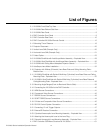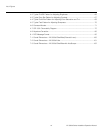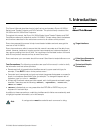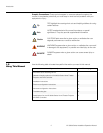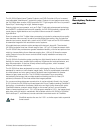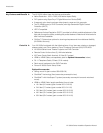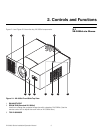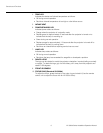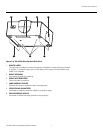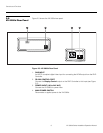
VX-3000d Series Installation/Operation Manual 1
PRE
L
IMINAR
Y
1.1
About This Manual
This Owner’s Manual describes how to install, set up and operate a Runco VX-3000d
Series Home Theater Projector and DHD Controller. This product family consists of the
VX-3000d and VX-3000d
Ultra Projectors.
Throughout this manual, the Runco VX-3000d Series Home Theater Projector and DHD
Controller are referred to collectively as the “VX-3000d.” Except where noted, the features
and functions described in this manual are common to all versions of this product.
Target AudienceRunco has prepared this manual to help home theater installers and end users get the
most out of the VX-3000d.
Runco has made every effort to ensure that this manual is accurate as of the date it was
printed. However, because of ongoing product improvements and customer feedback, it
may require updating from time to time. You can always find the latest version of this and
other Runco product manuals on-line, at www.Runco.com.
If You Have Comments
About This Manual...
Runco welcomes your comments about this manual. Send them to techpub@runco.com.
Textual and Graphic
Conventions
Text Conventions: The following conventions are used in this manual, in order to clarify
the information and instructions provided:
• Remote and built-in keypad button identifiers are set in upper-case bold type; for
example, “Press EXIT to return to the previous menu.”
• Computer input (commands you type) and output (responses that appear on-screen) is
shown in monospace (fixed-width) type; for example: “To change the aspect ratio to
Letterbox, type LETTERBOX <Enter>.”
• All keys with functional names are initial-capped, set in bold type and enclosed in angle
brackets. These keys are the following: <Enter>, <Spacebar>, <Control>,
<Esc> and <Tab>.
• <Enter> indicates that you may press either the RETURN or ENTER key on your
keyboard if it has both keys.
In addition to these conventions, underlining, boldface and/or italics are occasionally used
to highlight important information, as in this example:
1. Introduction
A carriage return must be used after each command or string.
Note



